An FBI Special Agent’s Unforgettable Journey to the Pentagon on 9/11
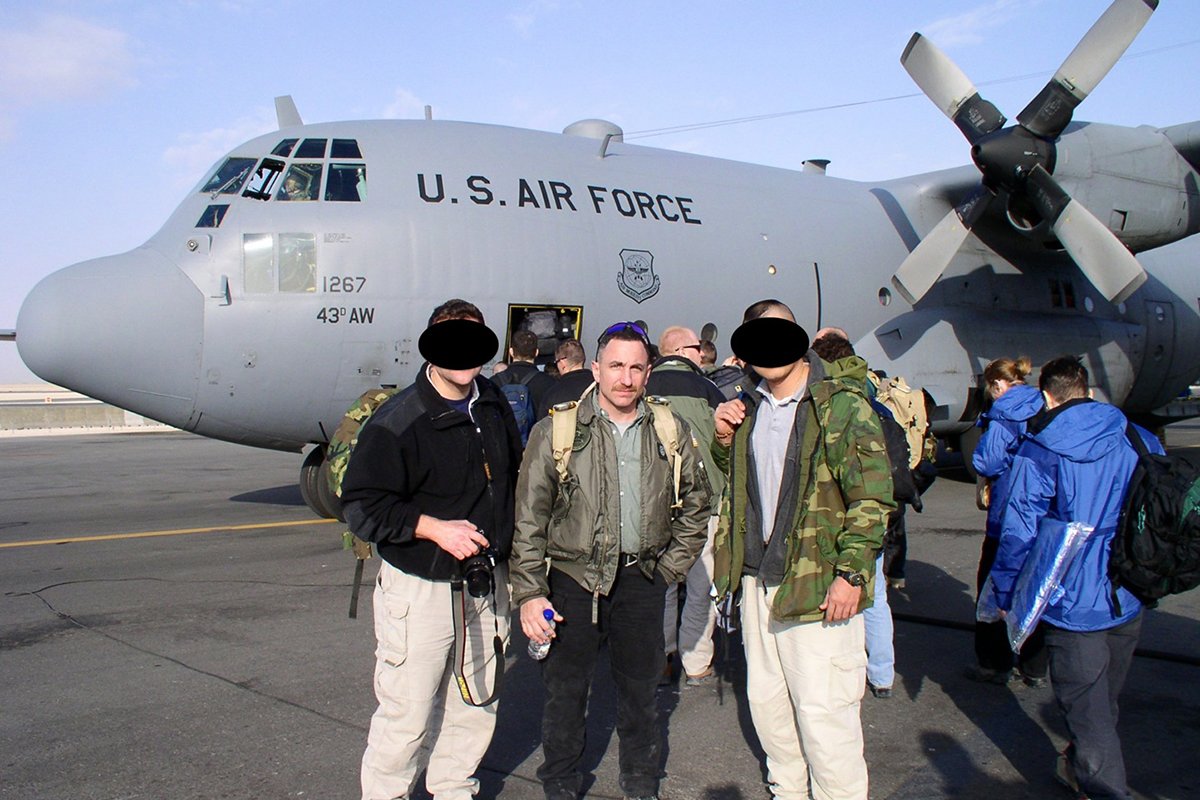
Tim Clemente has more than 15 years of law enforcement experience. On the morning of 9/11 he was training with DEVGRU Navy SEALs when terror struck. Photo courtesy of Tim Clemente.
It all started with a simple pronouncement.
“There is an incident in New York,” an FBI agent from the Washington Field Office SWAT team told the group of FBI agents and Navy SEALs. “A plane hit the World Trade Center.”
Training at the Naval Special Warfare Development Group (DEVGRU) compound in Dam Neck, Virginia, immediately came to a halt. A Navy SEAL from Red Team (the former name of DEVGRU Red Squadron) took the FBI agents to the command center on the second floor of their shoot house — an area where operators practice live-fire, close-quarter combat drills. Inside, a TV was tuned to CNN. It showed images of the north tower on fire.
On the clear, sunny Tuesday morning of Sept. 11, 2001, a couple dozen DEVGRU SEALs and more than 30 FBI agents watched the TV in horror as the second plane slammed into the south tower.
“Get your gear,” said Tim Clemente, a 40-year-old FBI SWAT team commander and special agent from the National Capital Response Squad. “We’re going to New York.”
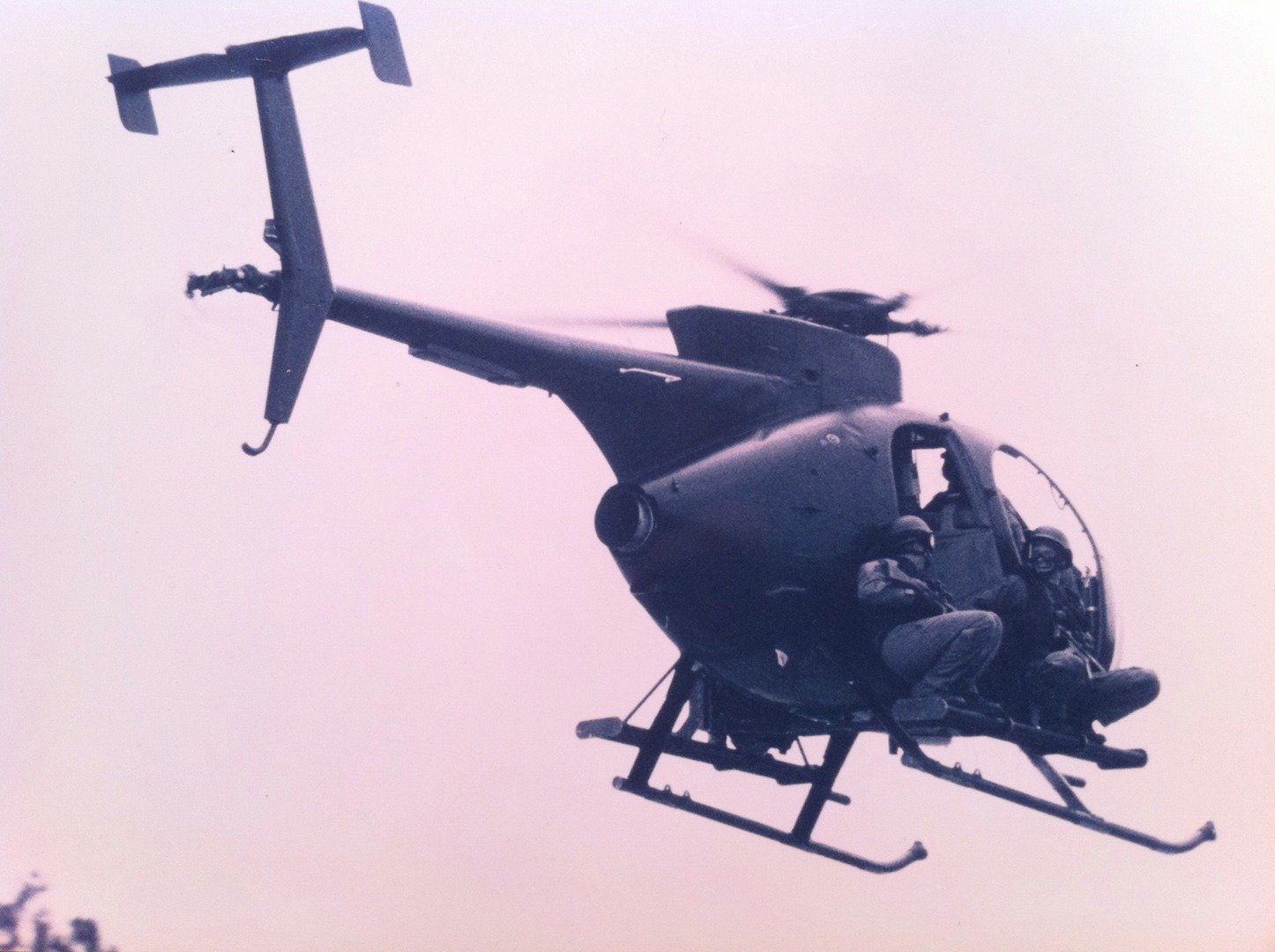
Terrorism Strikes America
Before joining the FBI, Clemente worked as a police officer for the St. Louis Metropolitan Police Department. His beat was inside the so-called “Bloody Third” — one of the most violent police precincts in the country. When he joined the FBI in 1995, there wasn’t a unified squad dedicated to terrorism. After spending four and a half years dismantling the Cali cartel in Colombia, Clemente joined the newly formed National Capital Response Squad under the umbrella of the Joint Terrorism Task Force.
“In 1998, Usama Bin Laden issued a fatwa against Americans all over the world,” Clemente told Coffee or Die Magazine in an interview. “We were responsible for the National Capital Region, as well as parts of the world that the Washington Field Office had jurisdiction over within the FBI, and that was Africa, the Middle East, and most of Europe.”
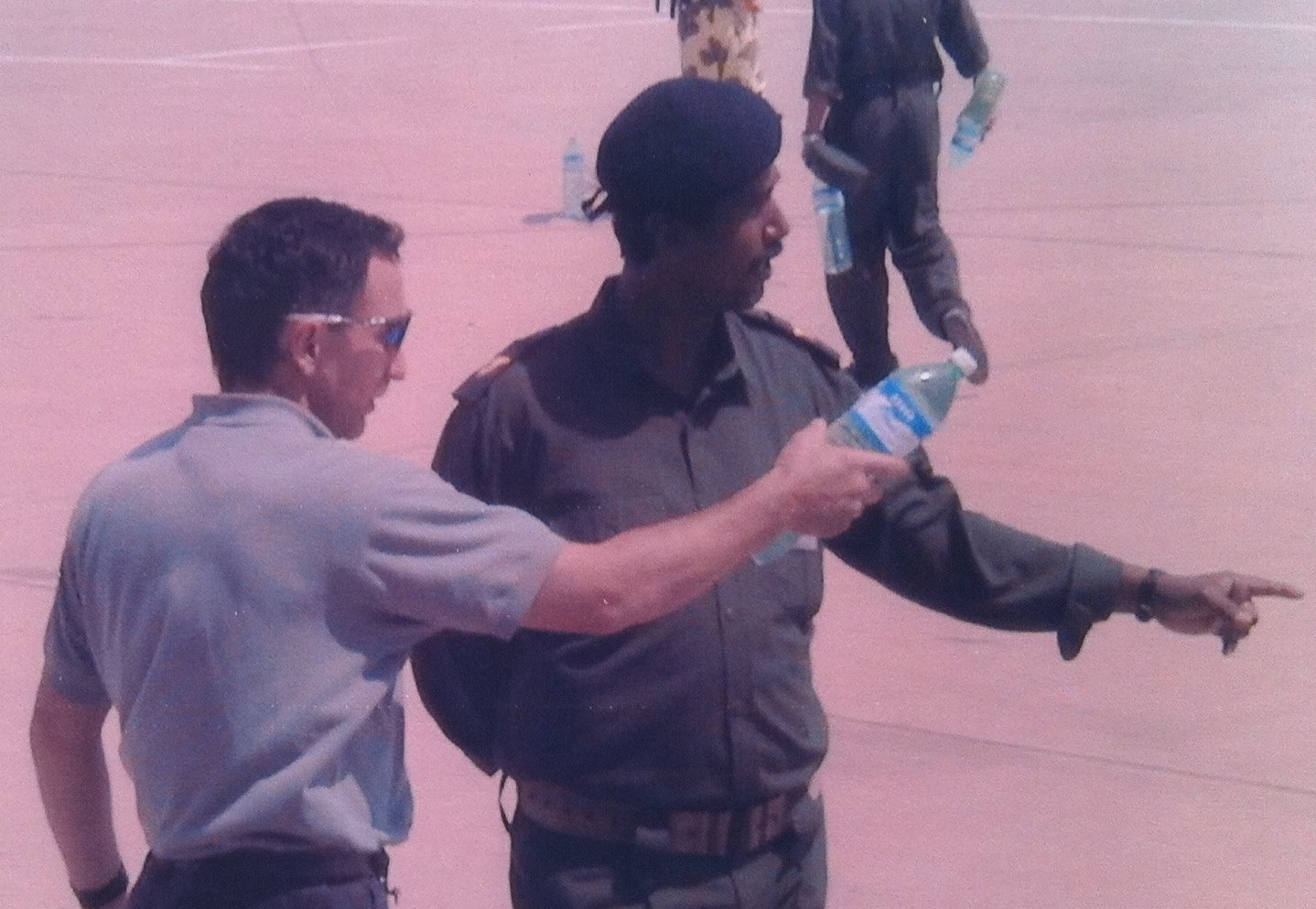
On the morning of Sept. 11, 2001, several members of the FBI Washington Field Office SWAT team had complained to Clemente about the fact that their training was scheduled to be indoors. There wasn’t a cloud in the sky, and the highly motivated agents preferred to practice on the outdoor, beachside ranges. Those minor gripes were quickly overshadowed by the real-world drama unfolding in New York City.
“It was just an immediate realization that this was intentional,” Clemente said. “And none of us had any idea it was anything other than al Qaeda. It was what immediately came to all our minds for those of us that worked on the terrorism side. I worked the USS Cole [bombing] in Yemen and the US embassy bombings in Tanzania and Kenya. They were all al Qaeda attacks.”
‘You Go Find Them, and We’ll Go Kill Them’
Once they understood that a coordinated terrorist attack was unfolding at the World Trade Center, Clemente and the roughly 30 other FBI SWAT agents who were training at the Virginia DEVGRU compound that day piled into blacked-out Suburbans and other vehicles. Their gear comprised long guns, submachine guns, handguns, and body armor. Clemente was in the lead vehicle as the convoy advanced toward the gates of the SEAL compound.
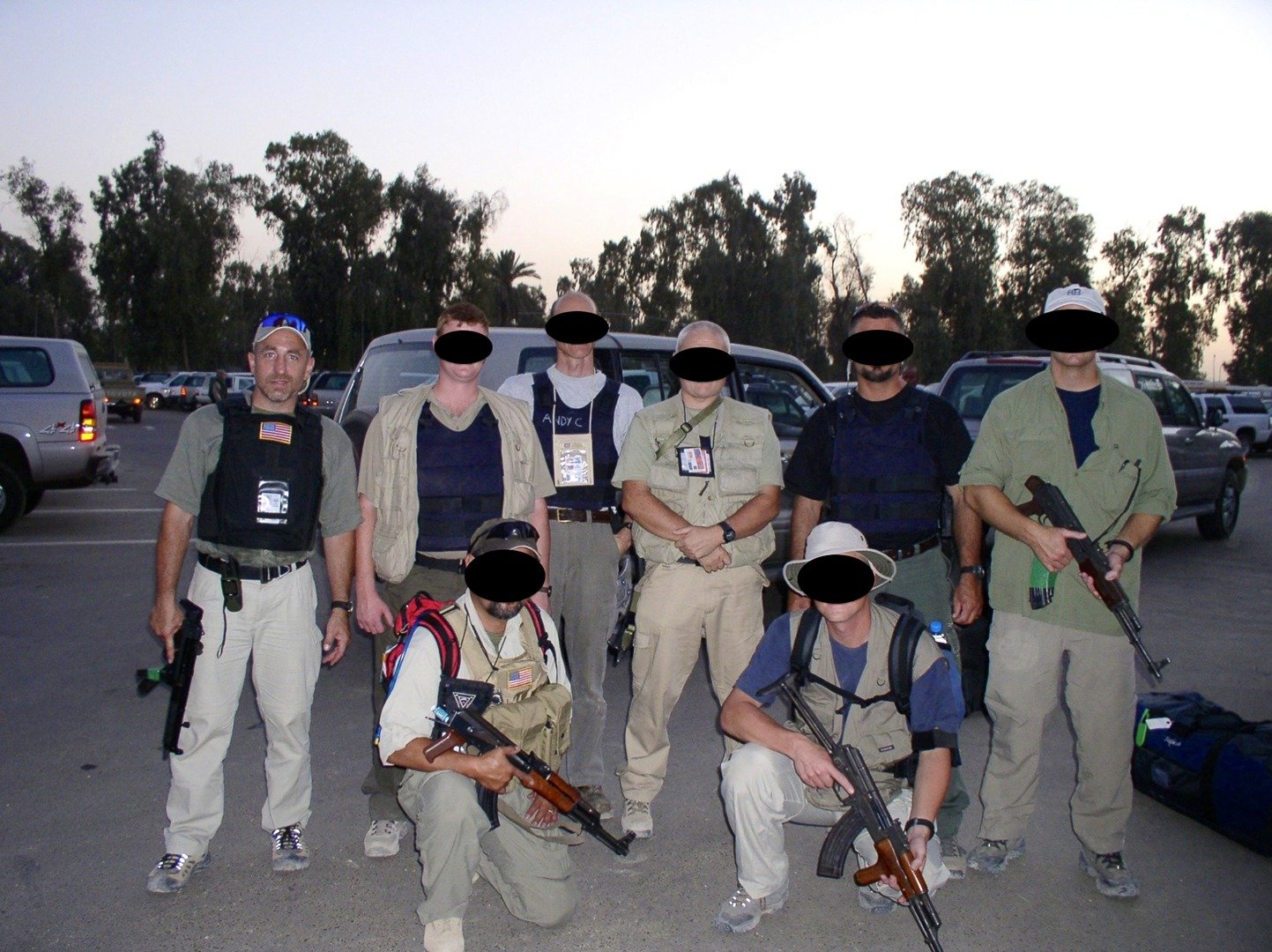
Navy SEALs lined the road. Some still wore their flight suits. Others were clad in shorts and flip-flops. They stood at attention, saluting. The SEALs knew where the FBI agents were headed, and they were demonstrating their respect for their comrades in arms.
The last SEAL in formation was the Red Team commander. Clemente rolled his window down, stopped right in front of the man, and returned his salute.
“You go find them,” the SEAL commander said, “and we’ll go kill them.”
We Won’t Repeat Pearl Harbor
The gates opened, and more than a dozen Suburbans with their lights flashing and sirens blaring screamed off the base. The convoy made a quick stop to pick up the rest of their gear at Naval Air Station Oceana. As they passed the airfield, the FBI agents observed the most impressive air show any of them had ever seen.
“Every single thing that could fly was launching,” Clemente remembered. “Helicopters, fixed-wing aircraft, fighter jets, everything was launching right after the other. Their orders were to protect the National Capital Region and the East Coast by putting everything in the air so we didn’t have another Pearl Harbor situation where hundreds of aircraft are sitting on the ground being destroyed.”

Clemente and his team didn’t know how many planes had been hijacked. No one did.
When the convoy turned onto Interstate 64, the road was wide open and absent of any cars — a surreal departure from the traffic typical of that time of day. Virginia State Police troopers, who had cleared the highway of traffic, stood on the shoulder and saluted the passing FBI vehicles.
“We were just shocked, and we saluted back and just floored it,” Clemente said, adding that, since the local and state police couldn’t respond to the attacks, this was how they contributed to the effort. “We’re racing at 100 miles an hour; we got Virginia State troopers in front of us trying to form a wedge to push cars out of the way until they hit this wall of parked cars.”
Unexpected Assistance

By the time the FBI agents reached the Washington, DC, Beltway, they’d been alerted via pager messages about the attack at the Pentagon. They aborted their trip to New York to respond to the more proximate threat. However, the convoy approached a section of the road nearly blocked by cars — many people had simply stopped their vehicles and were standing along the side of the road. A couple of hundred yards ahead, a young Arab man sprinted toward the FBI vehicles.
Clemente’s partner raised his MP5 submachine gun and pointed it out his window as the man weaved through the lanes. The man closed to within 50 yards, then stopped three cars short of the FBI convoy and banged on the hood of a stationary vehicle. The man instructed the driver to move out of the way. He then went to the next car and told its driver to move, as well.
“That kid went half a mile banging on every car that was directly in our path, left and right, getting them to move a little bit left, a little bit right, so we could squeeze through,” Clemente said. “As we approached, he saluted us, the third iteration of a salute that day.”

Passing the man, a few agents rolled down their windows and tossed him some FBI swag — including a hat, coins, and patches.
“He had this huge grin on his face,” Clemente remembers.
Largest Criminal Investigation in US History
Save lives, rescue the living, preserve the dead, and protect the evidence.
Those are the standing operating procedures in the event of a terrorist attack or natural disaster. At approximately 11 a.m., Clemente’s convoy arrived at the Pentagon. Some agents immediately assisted at the site, while others, including Clemente, reported to the Washington Field Office to provide security and sort through the muddled and chaotic intelligence.
“There were still aircraft that were considered potentially hijacked at this point,” Clemente said. “Seven aircraft were completely unaccounted for, mostly over the East Coast, but spread out around that region.”
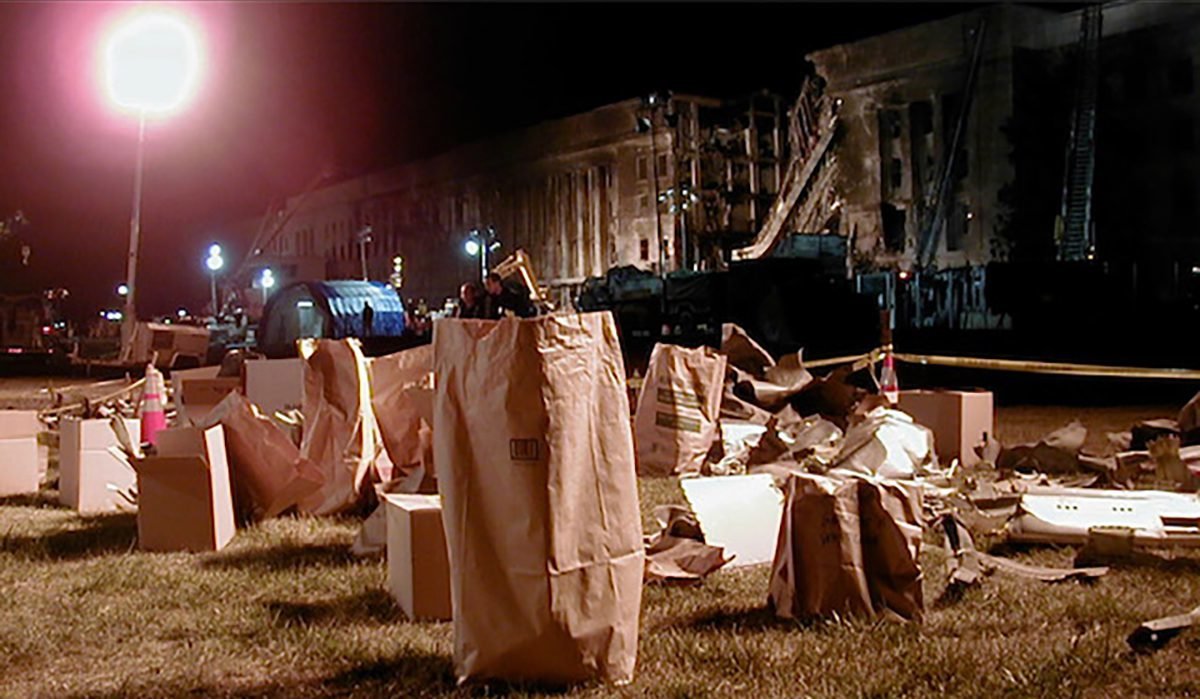
Inside their Washington command center, the FBI agents tried to determine whether any of the remaining airborne aircraft were hostile. Several hours later, once the immediate threat of a follow-on attack seemed to have abated, Clemente returned to the Pentagon to coordinate the evidence collection process.
By that time, bystanders had shown up at the crash site — some in search of souvenir parts of the crashed aircraft. The FBI had to secure the outside perimeter of the building to prevent evidence from being stolen. Clemente and the National Capital Response Squad were later assigned to assist in investigating the 9/11 attacks — the largest criminal investigation in US history.
Clemente and some 30 other FBI agents and others close to the 9/11 investigation worked on a project that has since been released in the Audible Originals podcast After the Fall. The 16-episode series offers a detailed look at the entire investigation that brought those responsible for the Sept. 11, 2001, attacks to justice.
Read Next:

Matt Fratus is a history staff writer for Coffee or Die. He prides himself on uncovering the most fascinating tales of history by sharing them through any means of engaging storytelling. He writes for his micro-blog @LateNightHistory on Instagram, where he shares the story behind the image. He is also the host of the Late Night History podcast. When not writing about history, Matt enjoys volunteering for One More Wave and rooting for Boston sports teams.
BRCC and Bad Moon Print Press team up for an exclusive, limited-edition T-shirt design!
BRCC partners with Team Room Design for an exclusive T-shirt release!
Thirty Seconds Out has partnered with BRCC for an exclusive shirt design invoking the God of Winter.
Lucas O'Hara of Grizzly Forge has teamed up with BRCC for a badass, exclusive Shirt Club T-shirt design featuring his most popular knife and tiomahawk.
Coffee or Die sits down with one of the graphic designers behind Black Rifle Coffee's signature look and vibe.
Biden will award the Medal of Honor to a Vietnam War Army helicopter pilot who risked his life to save a reconnaissance team from almost certain death.
Ever wonder how much Jack Mandaville would f*ck sh*t up if he went back in time? The American Revolution didn't even see him coming.
A nearly 200-year-old West Point time capsule that at first appeared to yield little more than dust contains hidden treasure, the US Military Academy said.












